
Learn about Ze and Zie, inclusive gender-neutral pronouns, and their role in respecting diverse gender identities.

Discover what gender-neutral pronouns are and why they matter for inclusivity in language.

Explore why English lacks grammatical gender, making it more inclusive and neutral compared to gendered languages.

Explore the importance of using all pronouns to foster inclusivity and respect in society.

Learn about 'Mx.', a gender-neutral title replacing 'Sir' and 'Madam' in professional and social contexts.
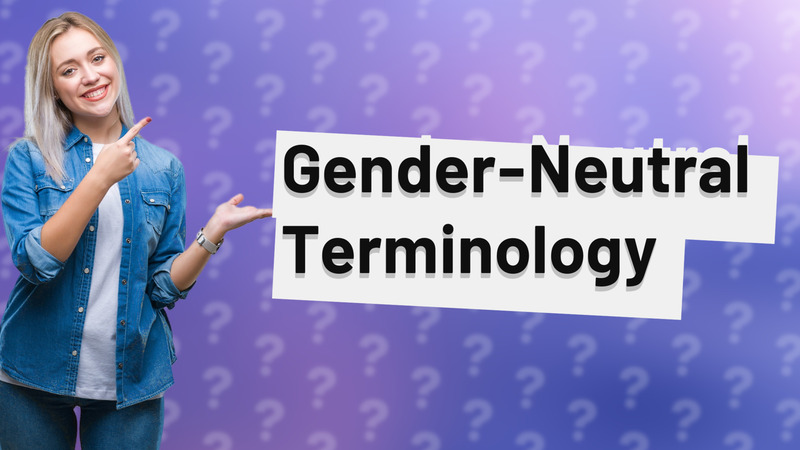
Explore gender-neutral terms like 'child' and 'kid' for inclusive language usage.

Learn the proper way to formally address gender-neutral individuals using inclusive titles and pronouns.
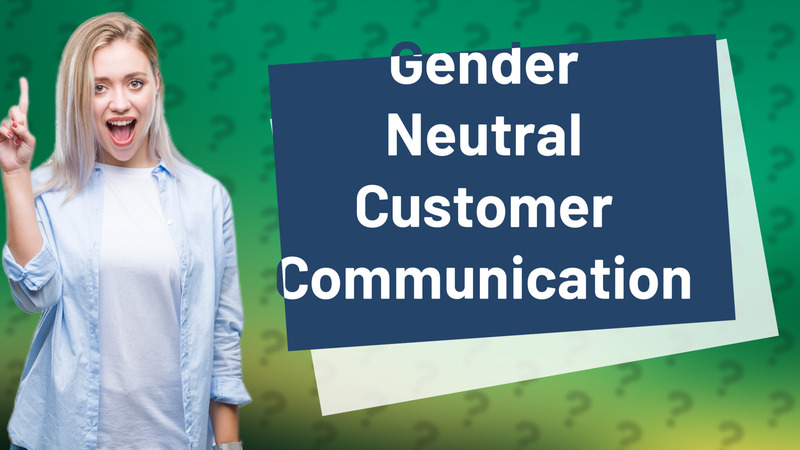
Learn effective techniques for addressing customers in a gender-neutral way to ensure inclusivity and respect.

Learn about strong pronouns, their inclusivity, and examples like they/them and xe/xem. Discover their importance in respecting gender identities.

Discover what the pronoun xe means and why it’s important for gender-neutral communication.
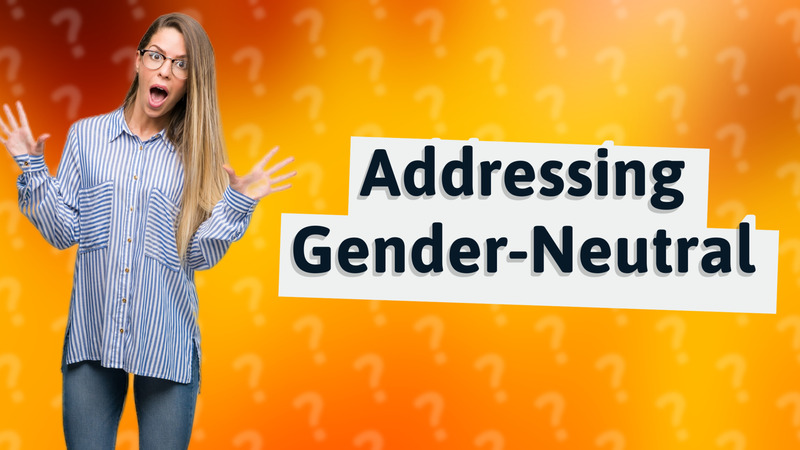
Learn effective strategies for addressing gender-neutral recipients in emails to ensure inclusivity and respect.
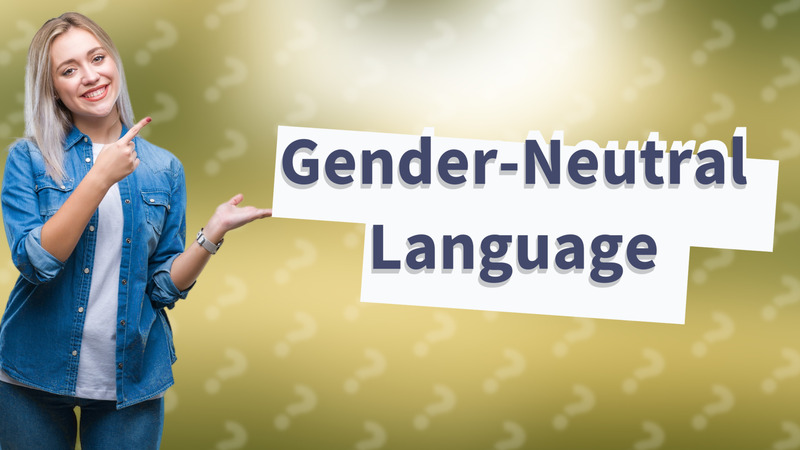
Discover how 'they' serves as a gender-neutral pronoun, promoting inclusivity in language and respect for gender diversity.

Learn how to respectfully address individuals without knowing their gender using inclusive language.

Discover the origins and evolution of they/them pronouns in modern language and society.

Learn respectful ways to address your non-binary child using their preferred name and pronouns for better communication.

Learn about the gender-neutral pronoun 'ze' and its importance in promoting inclusivity in gender identities.

Learn how to honor your non-binary child's identity by using their chosen name and pronouns.

Explore new pronouns like ze/hir and they/them, fostering inclusivity and respect for diverse gender identities.

Learn about the gender-neutral title 'Mx.' and its significance for respectful communication.

Explore the emergence of gender-neutral pronouns and their significance in today's language and identity discussions.
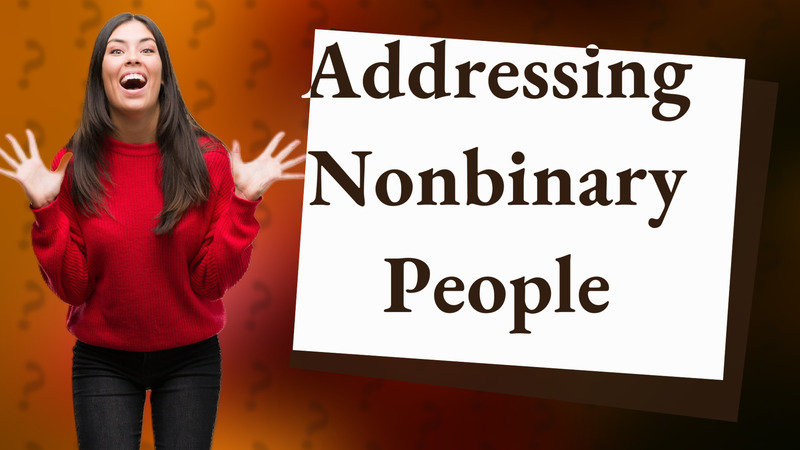
Learn the formal way to address nonbinary individuals using 'Mx.' and they/them pronouns for inclusivity.

Discover if 'ze' is acknowledged as a gender-neutral pronoun in the Oxford English Dictionary.
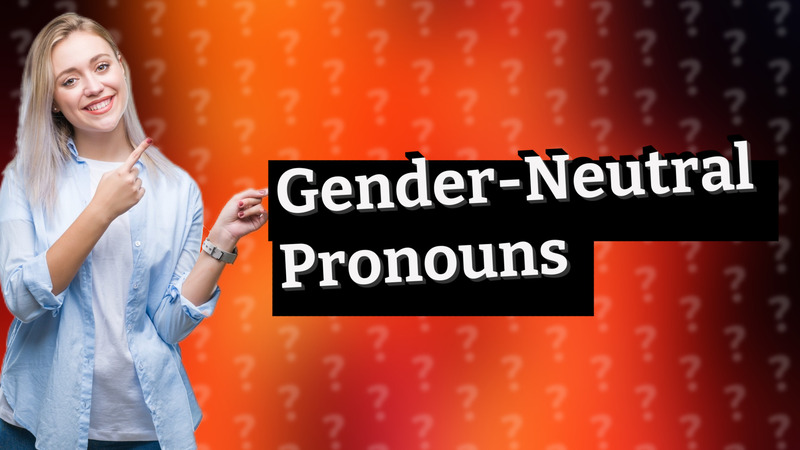
Discover the meaning of 'zie', a gender-neutral pronoun promoting inclusive language.

Explore the use of gender-neutral pronouns like 'siya' and 'kanya' in Filipino and their significance for inclusivity.

Explore the meaning of non-gender terms and how to adopt gender-neutral language for inclusivity.

Explore the origins and inclusive use of the gender-neutral pronoun 'zie' in language.

Discover why 'gender-neutral' language is preferred over 'unisex' for inclusivity in society.

Learn about the thon pronoun in Scots, a gender-neutral term promoting inclusivity in language.

Learn how to refer to individuals of unknown gender using inclusive pronouns like they/them.

Learn about hir/hir pronouns and their role in promoting gender inclusivity.

Learn effective ways to write gender-neutral language that promotes inclusivity and respect for all identities.

Explore Mx, the gender-neutral title for inclusivity in addressing individuals. Learn about its significance in modern identity.
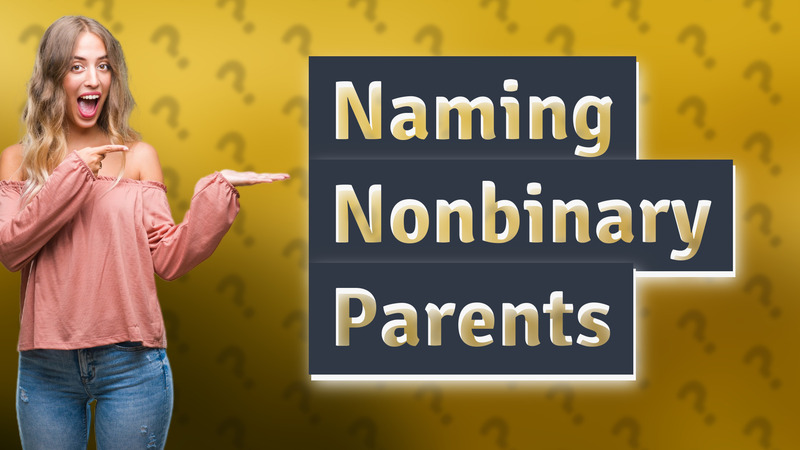
Learn the best terms to call your nonbinary parent, prioritizing their preferences for inclusive and respectful language.
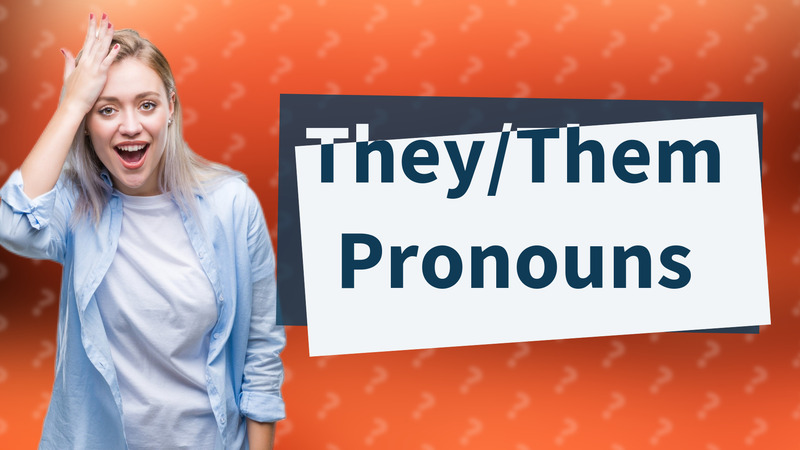
Learn why 'they/them' pronouns are used for undefined gender identities in this informative video.

Learn how to refer to someone without knowing their gender using inclusive language and gender-neutral pronouns.

Learn about 'xemself', a gender-neutral reflexive pronoun supporting diverse identities.

Learn the importance of gender pronouns and how to use them respectfully in everyday communication.
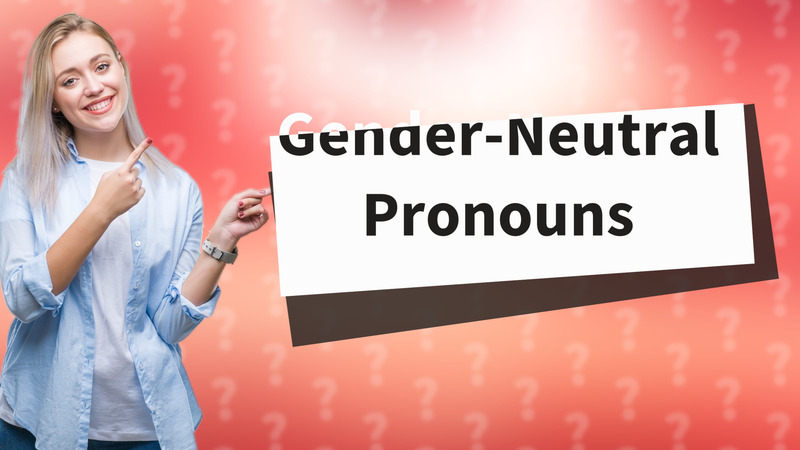
Learn about gender-neutral pronouns, including 'they' and other alternatives like 'ze/hir'.

Learn about using 'they' as a singular pronoun for individuals of unknown gender. An inclusive and grammatically correct practice.

Explore how they/them pronouns serve as gender-neutral options in English.
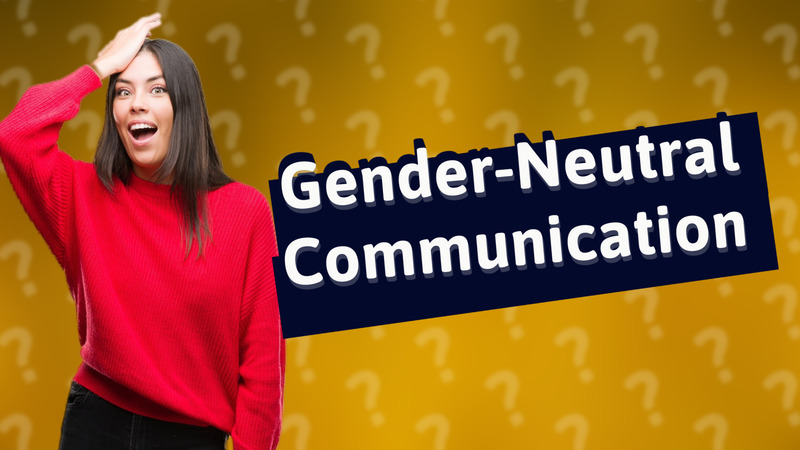
Learn how to use gender-neutral terms and show inclusivity when addressing individuals. Gain insights on respectful communication.

Learn effective strategies for addressing individuals without knowing their gender, including gender-neutral terms and titles.
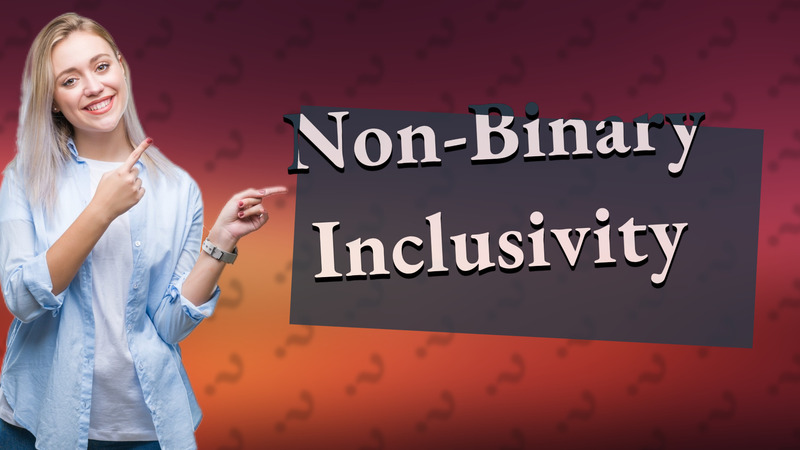
Learn the best ways to refer to non-binary individuals respectfully and inclusively.

Learn effective strategies to write gender-neutral content using inclusive language and examples.

Explore the use of 'he' as a gender-neutral pronoun and discover alternatives for inclusivity.

Explore the importance of gender-neutral language and how it fosters inclusivity.
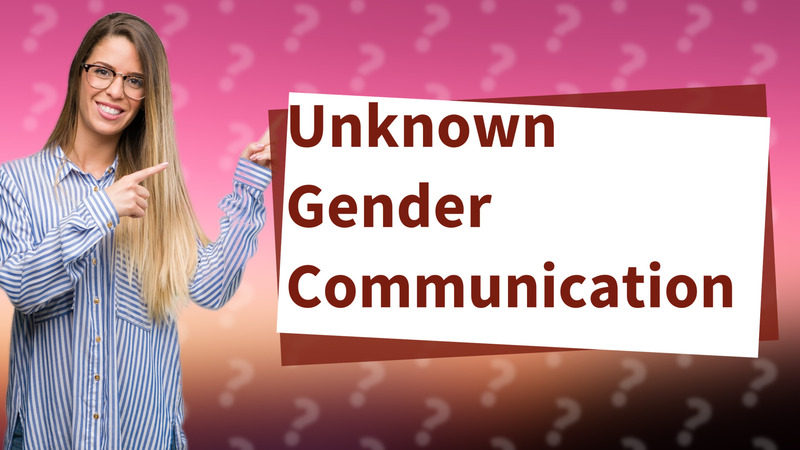
Learn how to talk about unknown gender respectfully using gender-neutral pronouns and inclusive language.

Discover inclusive salutations for gender-neutral communication in professional and informal settings.

Learn how to use inclusive language and pronouns when writing about nonbinary people. Master respectful communication.

Discover what the ey pronoun is and how it supports gender non-conforming identities. Learn its usage today!

Explore neutral gender terms for inclusivity, including titles and pronouns for better communication.

Learn about non-gender salutations and their importance in promoting inclusivity in communication. Discover examples and applications.

Explore the meaning of gender-neutral and genderless terms in this informative video.
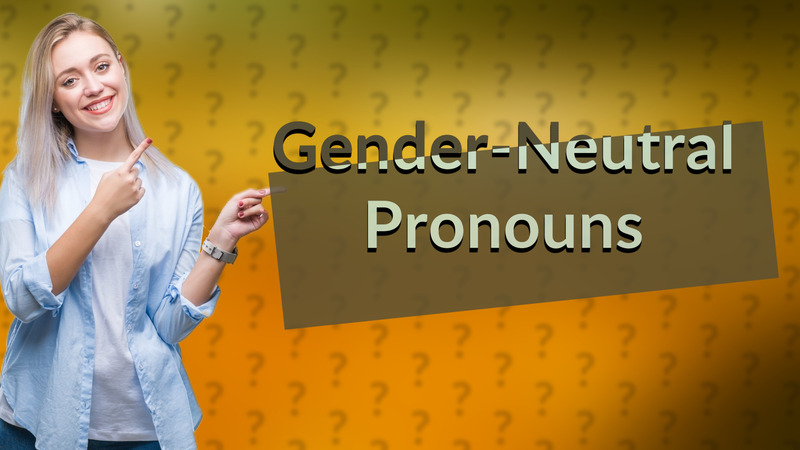
Explore why English lacks traditional gender-neutral pronouns and how 'they' is becoming the solution for inclusivity.

Learn inclusive greetings like 'Hello,' 'Hi,' and 'Hey there' for all gender identities!

Discover the meaning of 'ze' in French and its role in gender-neutral language.
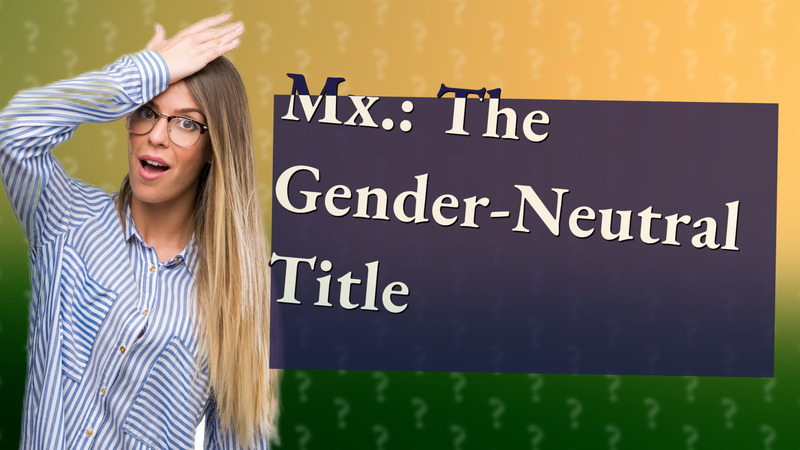
Learn about the Mx. title, a respectful, gender-neutral alternative perfect for inclusivity.
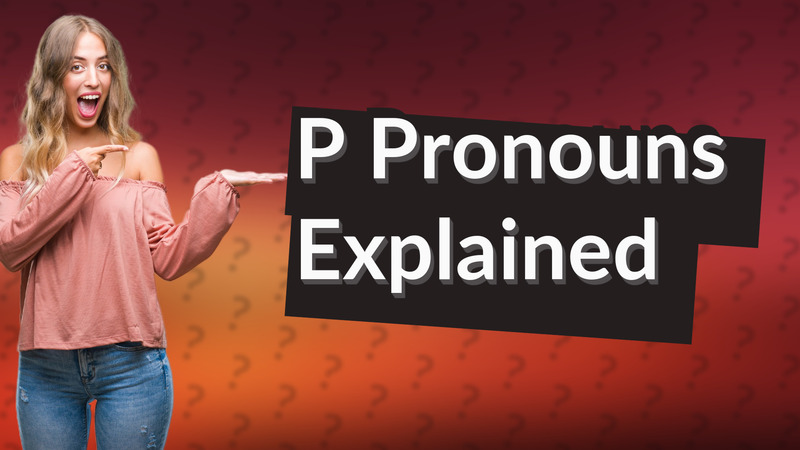
Learn about P pronouns and how they offer personalized options beyond traditional pronouns.
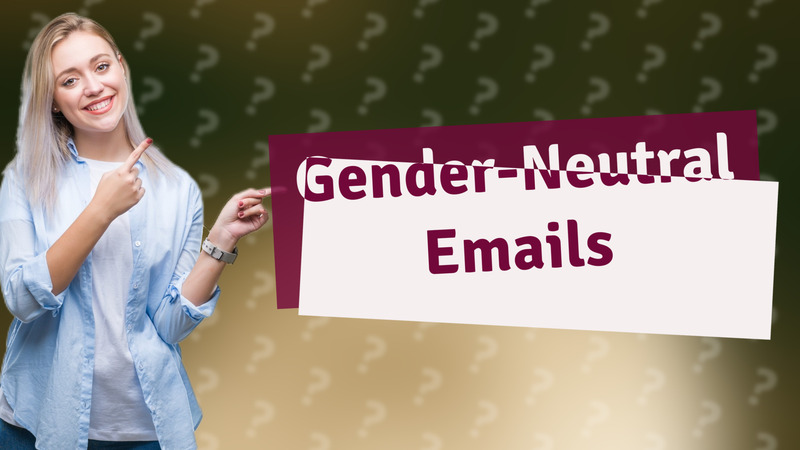
Learn how to write inclusive emails with neutral salutations for professional communication.

Explore the meaning of 'Zie' as a gender-neutral pronoun and its importance in promoting inclusivity.

Learn about MX gender, a gender-neutral title fostering inclusivity and respect for all identities.

Explore the emergence of the gender-neutral pronoun 'ze' in language and its significance for inclusivity.

Learn about 'zir'—a gender-neutral pronoun that respects individual identity and fosters inclusive communication.

Discover the gender-neutral term for 'sir'—Mx.—and learn its importance for inclusivity in communication.

Learn about nonbinary pronouns, their importance, and how to use them respectfully in conversations.

Learn how to use gender-neutral pronouns like 'they/them' for inclusive communication.
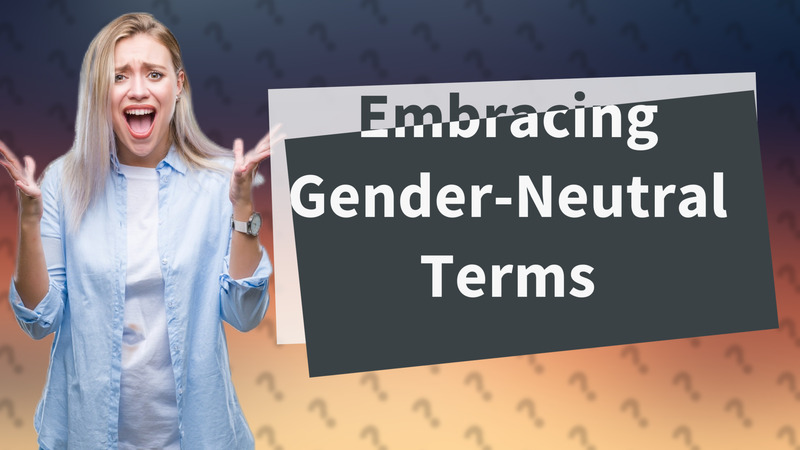
Explore common gender-neutral terms like 'they/them' and 'Mx.' in this informative video on inclusive language.

Learn to use gender-neutral language effectively for inclusivity in writing.

Explore the meaning of 'ze', a new gender-neutral pronoun promoting inclusivity in English.

Learn about the pronoun 'zir' and its use in promoting inclusivity for non-binary individuals.
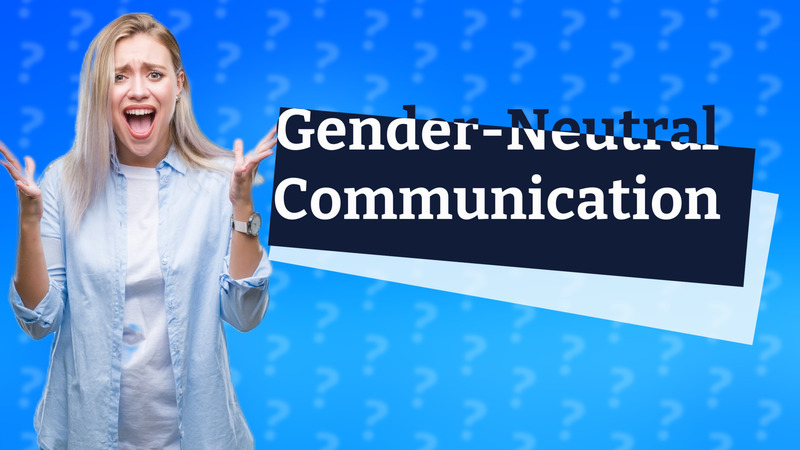
Learn how to respectfully address individuals without assuming their gender. Discover inclusive communication strategies.

Learn respectful ways to address someone without knowing their gender using names and neutral pronouns.
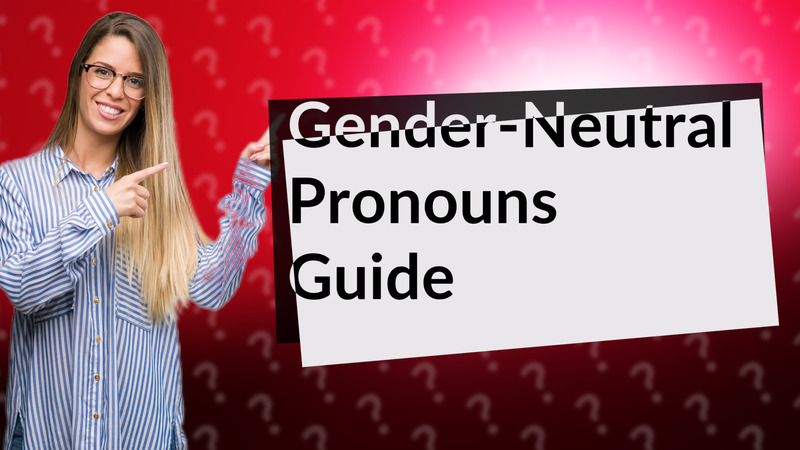
Learn how to respectfully use gender-neutral pronouns in conversations and written communication to promote inclusivity.
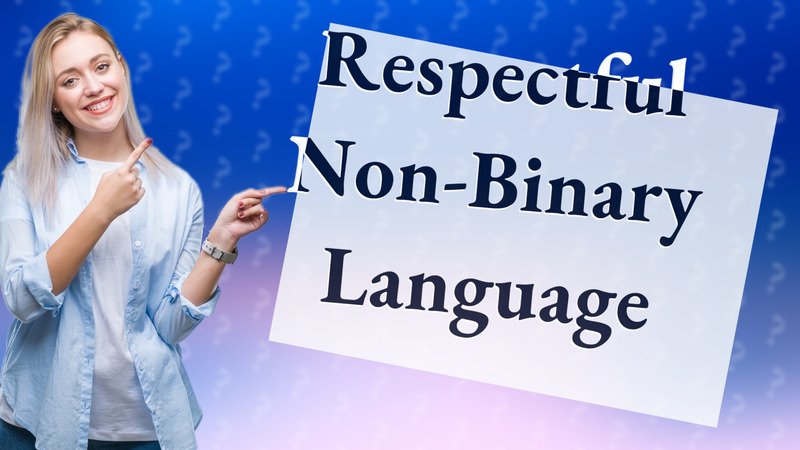
Learn how to use the correct names and pronouns for non-binary individuals in a respectful way.

Learn about 'Xir', a gender-neutral pronoun used by nonbinary individuals. Discover its significance and usage.
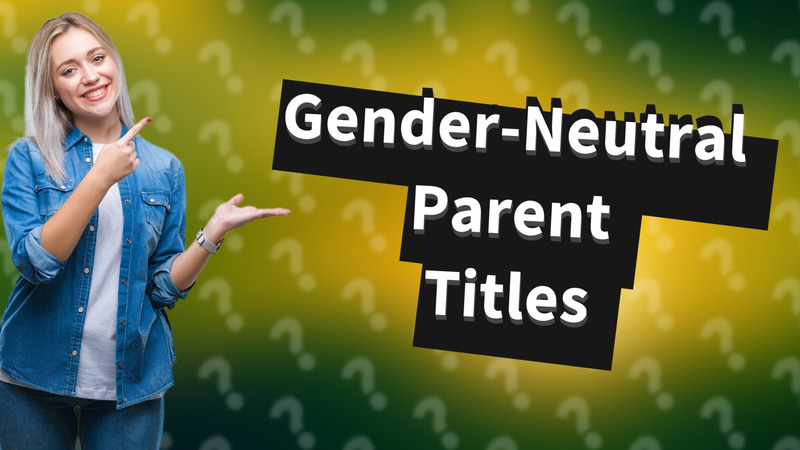
Learn respectful ways to address nonbinary parents with gender-neutral terms in this informative guide.

Learn how to respectfully refer to someone whose gender you don't know using gender-neutral language.

Explore gender-neutral terms like 'Mx.' as alternatives to traditional titles. Enhance your understanding of inclusive language.
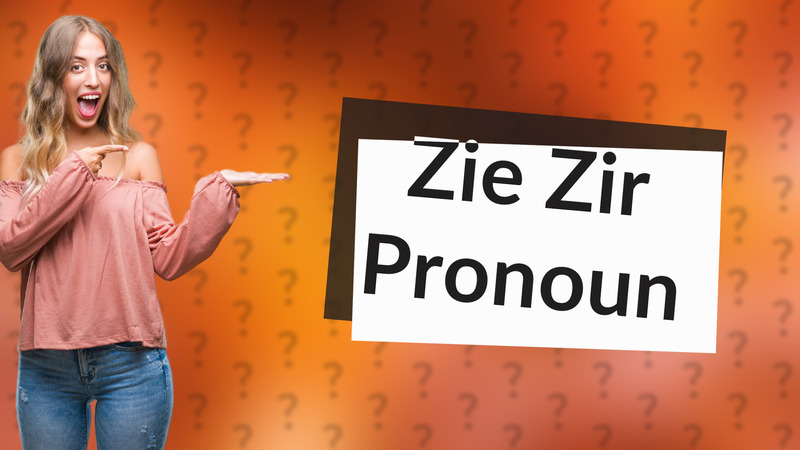
Learn about the Zie Zir pronoun, its usage, and how it respects non-binary identities.

Learn the best practices for referring to genderless characters using inclusive language and pronouns.
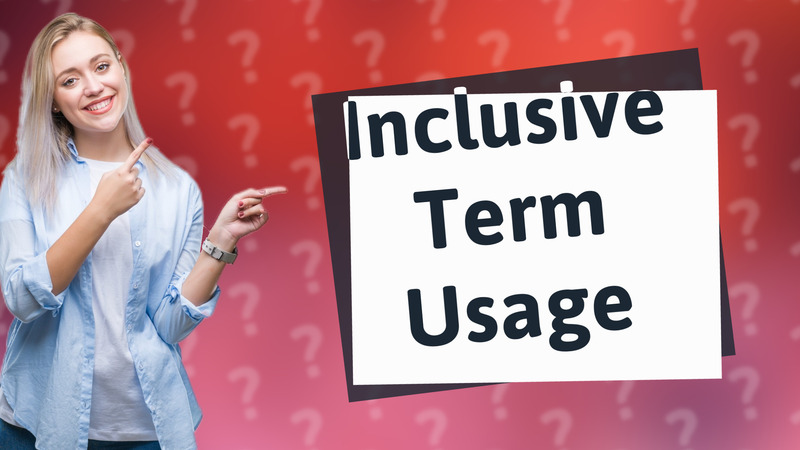
Discover why 'person' is the preferred gender-neutral term for humans, promoting inclusivity and respect for all identities.
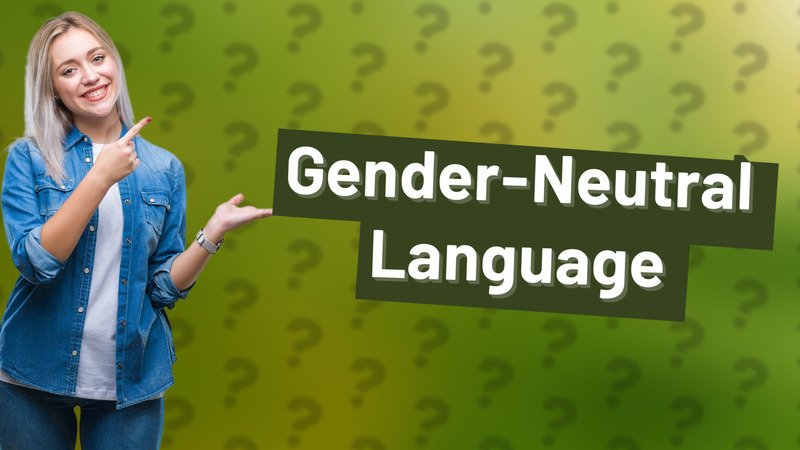
Explore gender-neutral language options like 'they/them' and 'Mx.' to promote inclusivity and respect.
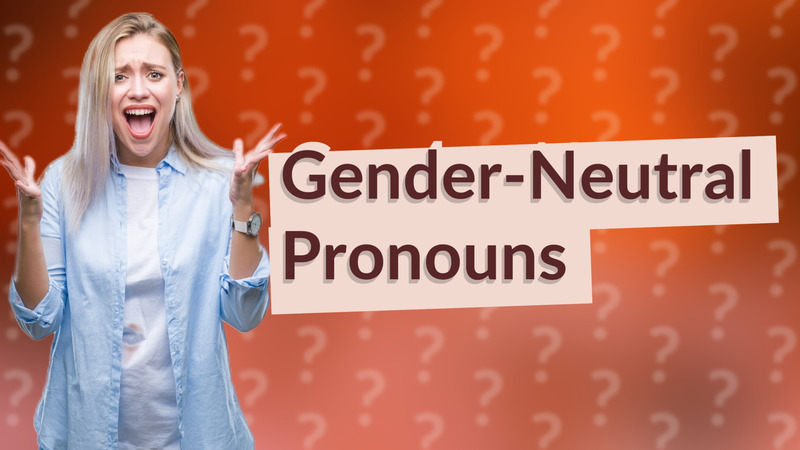
Learn about gender-neutral pronouns like 'they/them' and 'ze/hir' and how they promote inclusive language.

Discover the meaning of HIR and its role as a gender-neutral pronoun in the LGBT community.

Learn to respectfully address individuals without knowing their gender using inclusive language.
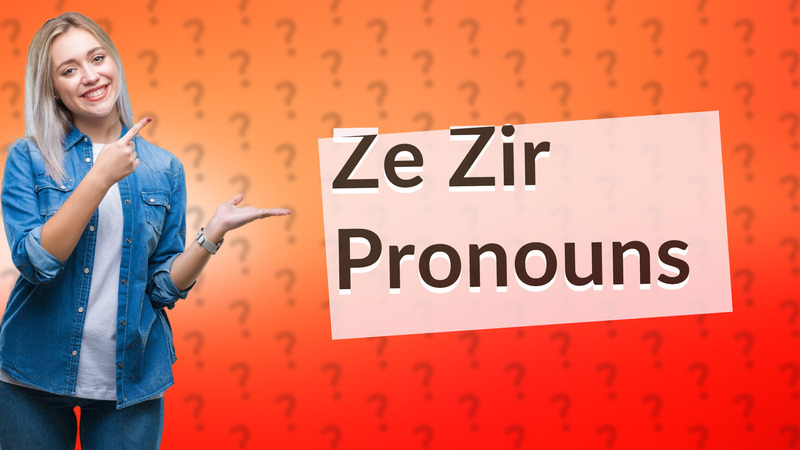
Discover the origin of Ze/Zir pronouns and how they promote gender inclusivity in language.

Explore the meaning of 'ze', a gender-neutral pronoun promoting inclusivity and respect for diverse identities.

Discover if the term 'mankind' is gender-neutral and explore more inclusive alternatives for better communication.

Explore the meaning of MX LGBT, an inclusive honorific fostering gender diversity and sensitivity.

Discover why 'gender-neutral' is the preferred term for unisex and its importance in promoting inclusivity.

Learn about verself, a gender-neutral pronoun, and its role in promoting inclusive language.

Learn how to craft a gender-neutral formal letter with these easy tips and examples.

Learn how to properly address nonbinary people using 'Mx.' and they/them pronouns to promote inclusivity.

Learn how to respectfully refer to gender-neutral individuals using inclusive pronouns and titles. Discover the importance of avoiding assumptions.
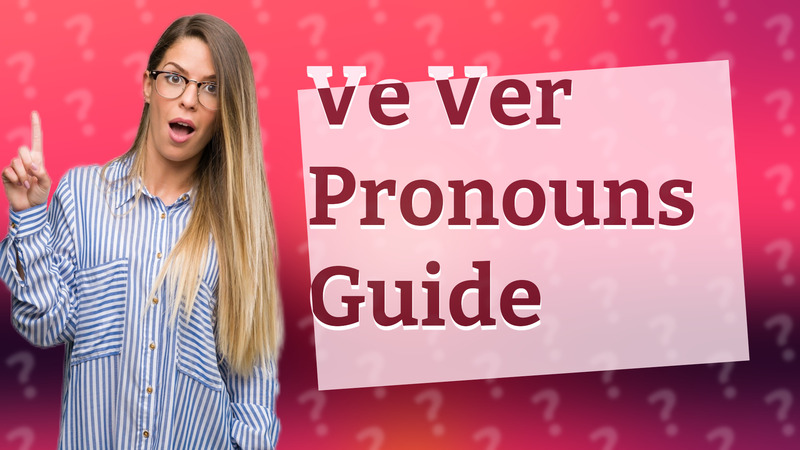
Learn about ve/ver pronouns, their usage, and how they promote inclusivity in gender identities.

Learn about the inclusive title 'Mx.', a respectful alternative to Mr. and Ms. for non-binary individuals.

Learn about Mx. and other respectful gender-neutral terms for inclusive communication.
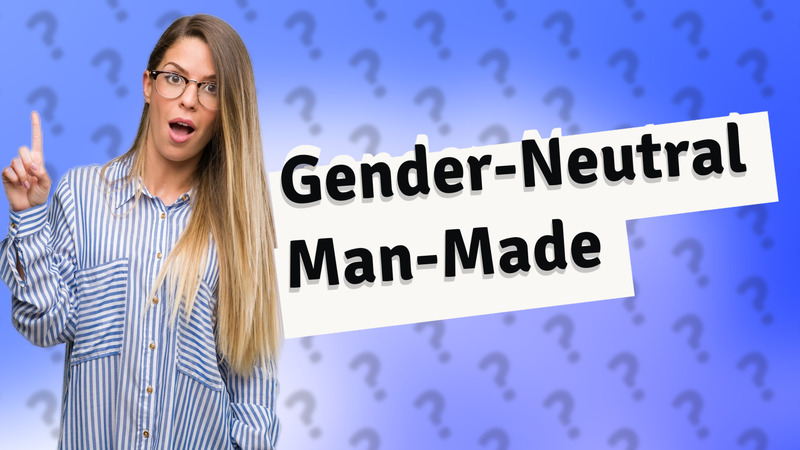
Explore gender-neutral terms for 'man-made' such as 'human-made', 'artificial', and 'synthetic'.
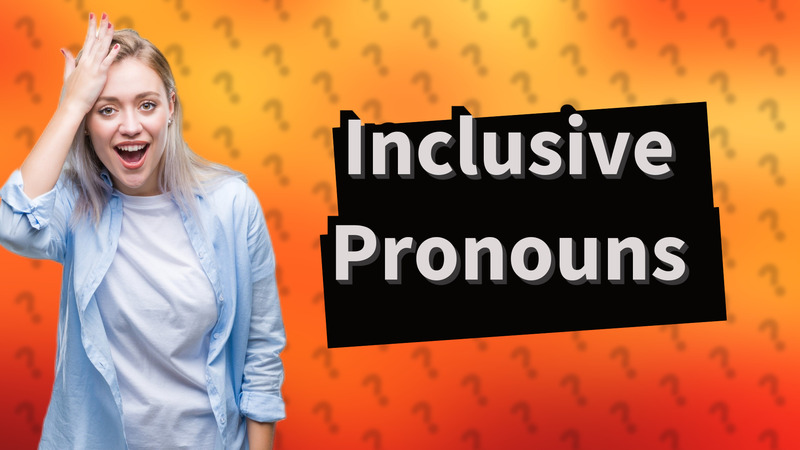
Learn how to use 'they' as a singular pronoun effectively and respectfully when gender is unknown.
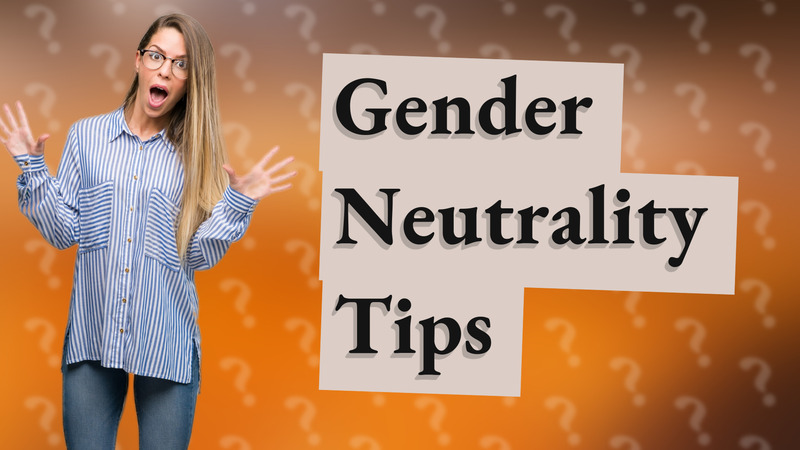
Explore gender-neutral terms like individual and they for better inclusivity in language.